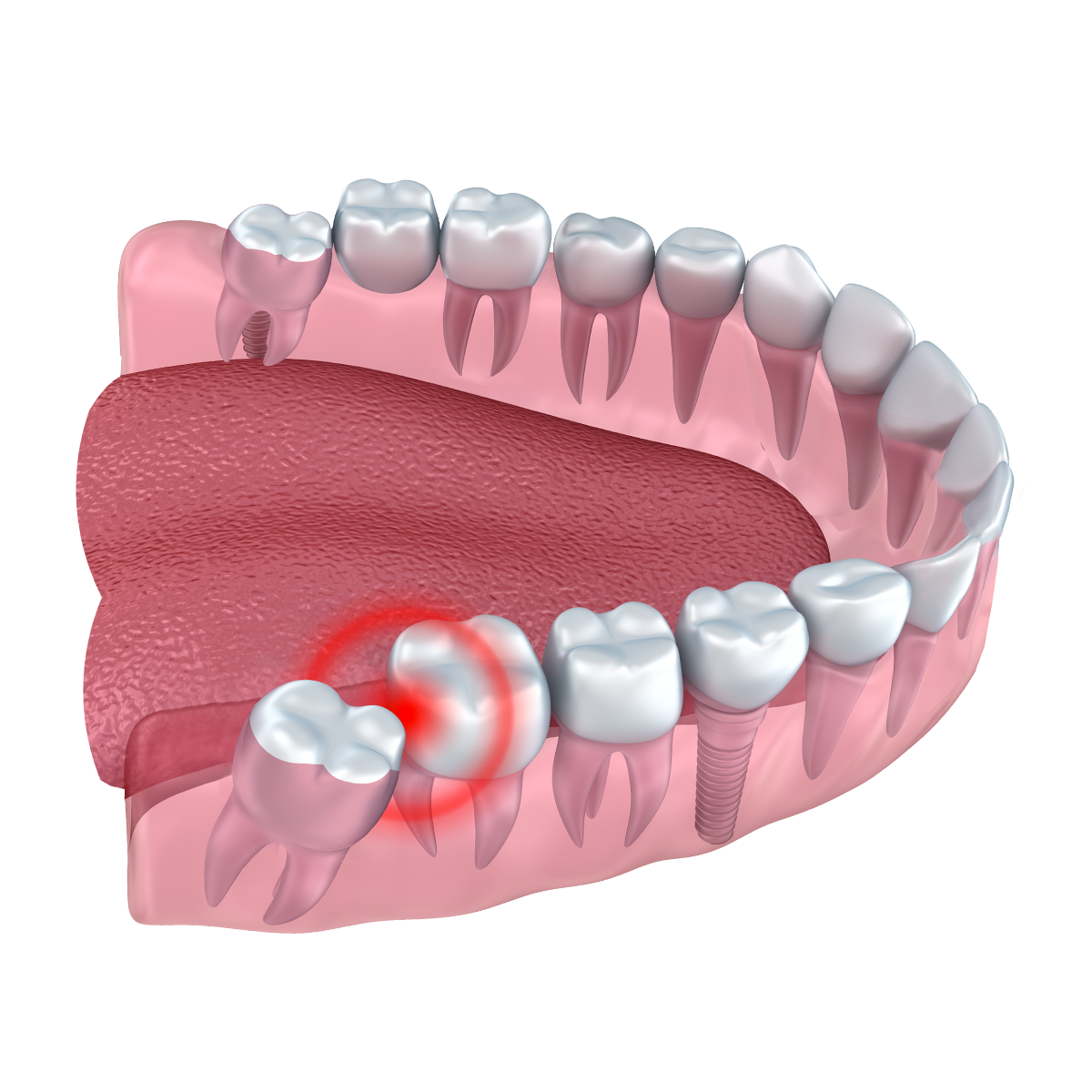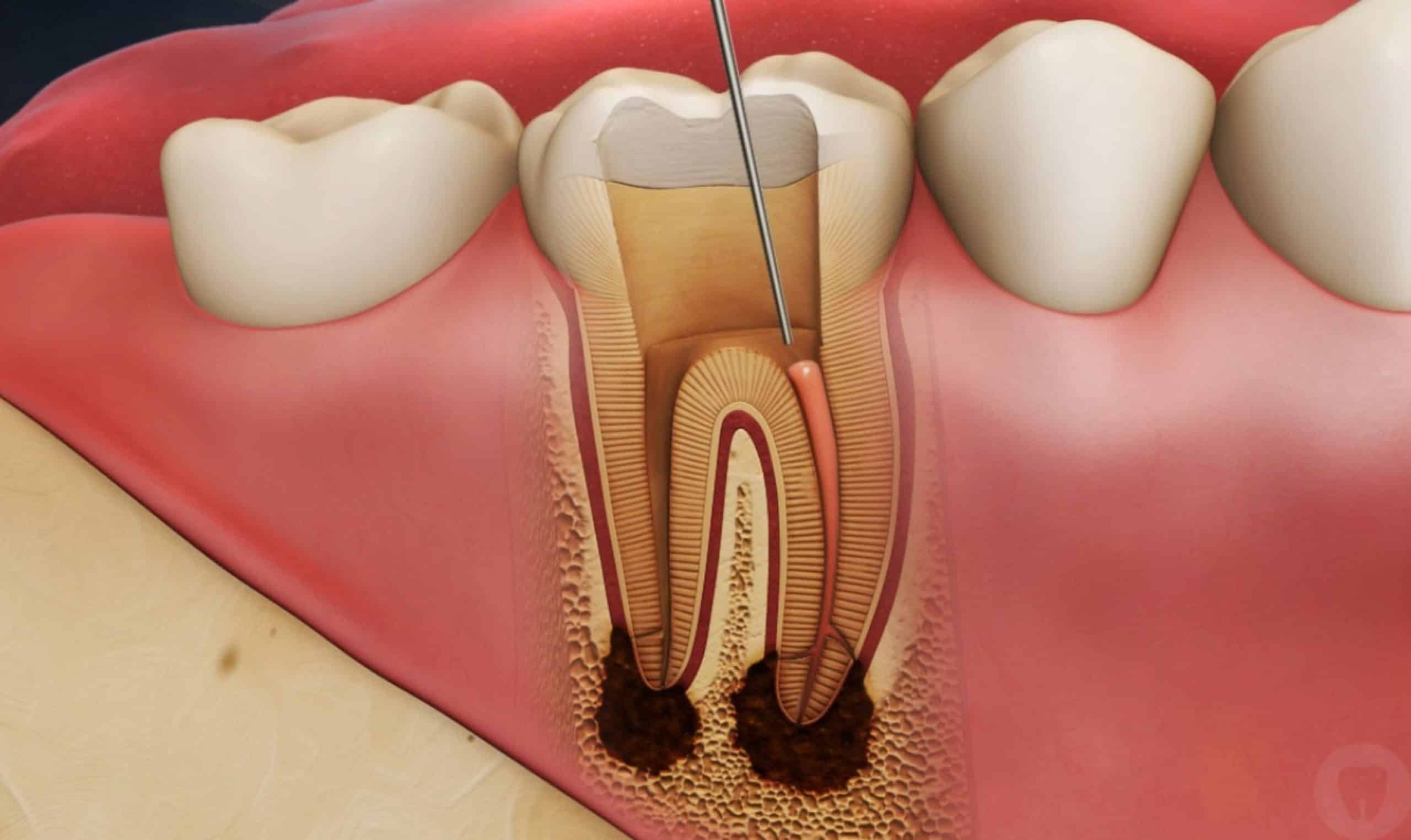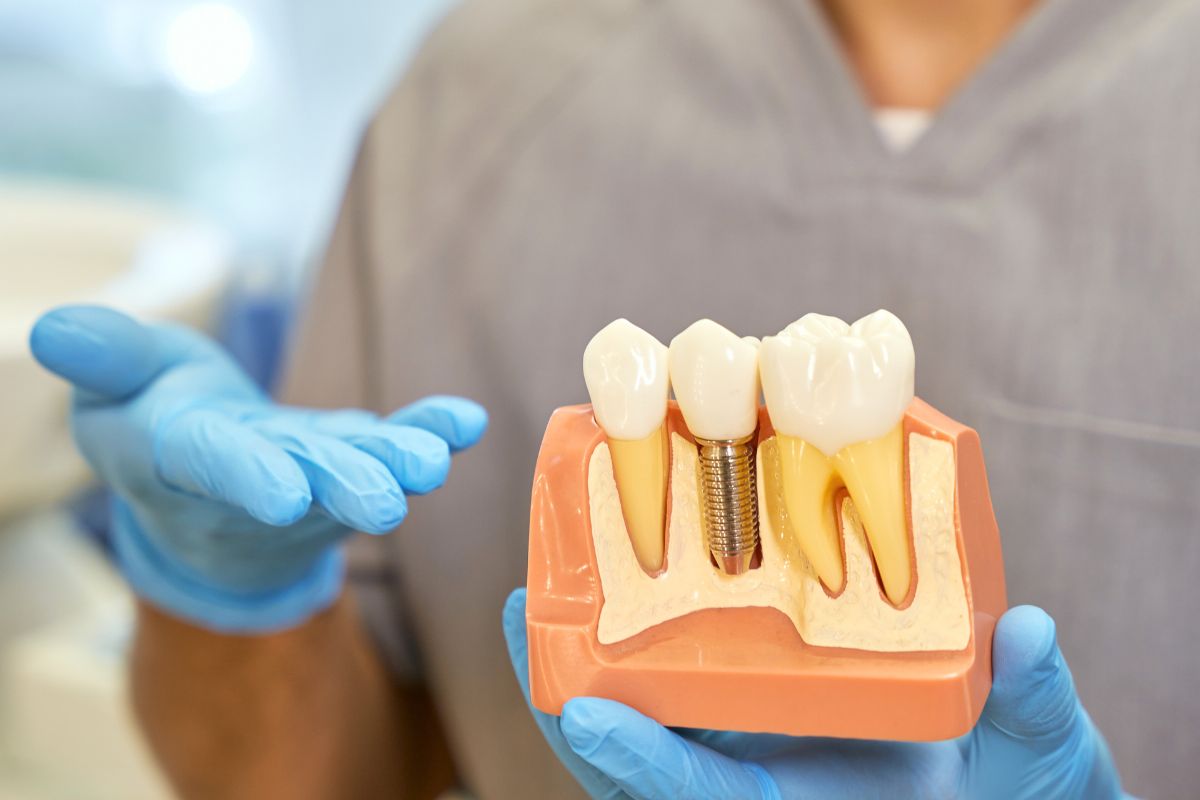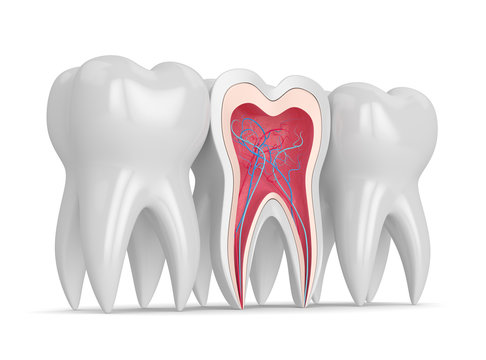How Long Is the Recovery Time for Wisdom Teeth Removal?

Strong 8k brings an ultra-HD IPTV experience to your living room and your pocket.
Wisdom teeth removal is a common dental procedure performed to prevent or treat issues such as impaction, crowding, infection, or pain. While the extraction itself may take less than an hour, the recovery process is where most patients focus their attention. The big question often is: How long does it take to recover from wisdom teeth removal?
The short answer is that most people start to feel better in about 3 to 7 days. However, complete healing of the surgical site can take several weeks. The actual recovery timeline depends on multiple factors, including the number of teeth removed, whether the teeth were impacted, the type of anesthesia used, your general health, and how well you follow aftercare instructions.
Let’s break down the wisdom tooth recovery timeline and what to expect each step of the way.
Immediate Post-Surgery Period: First 24 Hours
The first day after surgery is crucial for blood clot formation, which helps begin the healing process. You may experience:
- Bleeding around the extraction site
- Swelling of the cheeks or jaw
- Discomfort or pain
- Drowsiness from sedation or anesthesia
What you should do:
- Bite gently on gauze pads to control bleeding.
- Keep your head elevated.
- Apply cold packs to reduce swelling.
- Stick to soft, cool foods and drink plenty of fluids.
- Avoid brushing near the surgical site or rinsing vigorously.
During this time, pain medication and antibiotics (if prescribed) play a key role in reducing discomfort and preventing infection.
Day 2–3: Swelling Peaks, Pain Subsides Gradually
Swelling and mild bruising typically peak around the second or third day after the surgery. Pain levels may vary based on the complexity of the extraction.
You may notice:
- Difficulty opening your mouth wide (trismus)
- Mild fever (in some cases)
- A sore throat or stiff jaw
Tip: Stick to semi-liquid foods like mashed potatoes, smoothies (without a straw), soups, and yogurt. Avoid chewing in the surgical area. Gentle saline rinses can begin from day 2 to aid cleanliness and healing.
Day 4–7: Initial Healing, Back to Routine
By the end of the first week, most people begin to return to normal routines with mild discomfort. The socket starts to close, swelling subsides, and pain typically reduces significantly.
However, you should still avoid:
- Smoking or tobacco products
- Drinking alcohol
- Eating crunchy, spicy, or acidic foods
- Vigorous physical activity
Many people return to work or school within 3 to 5 days if their job doesn't involve physical exertion. Simple wisdom tooth extractions often have quicker recoveries compared to impacted or surgical extractions, which may take a little longer.
Week 2–3: Tissue Healing and Jaw Comfort
At this stage, the soft tissue around the extraction site continues healing, and any residual bruising or stiffness usually resolves. You might still feel a slight indentation where the tooth was, but this is normal.
Stitches (if non-dissolvable) are usually removed after 7–10 days. If dissolvable stitches were used, they should disappear on their own during this period.
If everything has gone smoothly, you can resume regular activities, including exercise and your normal diet—with some exceptions depending on your dentist’s advice.
Weeks 3–4 and Beyond: Deep Healing Phase
Even though you feel normal again, the jawbone and deeper tissues are still healing. This process can take a month or more, especially in cases involving impacted teeth or bone removal.
By this point:
- The risk of complications is significantly reduced.
- You should no longer experience pain, swelling, or tenderness.
- The gum tissue will have closed over the socket in most cases.
However, it’s still essential to maintain excellent oral hygiene and attend follow-up visits to ensure that everything is healing properly.
What Can Delay Wisdom Tooth Recovery?
Recovery time may be extended due to the following:
Impacted or Complex Extractions
Teeth that are fully or partially impacted require more surgical effort, which may cause additional trauma to the jaw and surrounding tissues, leading to longer healing.
Infection or Dry Socket
A dry socket occurs when the blood clot dislodges from the extraction site prematurely, exposing bone and nerves. This is extremely painful and can delay healing by 1–2 weeks.
Smoking or Poor Aftercare
Smoking reduces oxygen supply to the tissues, impairing healing. Not following instructions (like using a straw, not rinsing, or chewing hard foods) can also lead to complications.
Underlying Health Issues
People with conditions such as diabetes or immune disorders may heal more slowly. Medications like steroids or blood thinners can also impact the healing process.
Tips for Faster Recovery
To make your recovery from wisdom tooth removal smoother and faster:
- Follow your dentist’s aftercare instructions closely.
- Eat soft, nutritious foods to promote tissue repair.
- Avoid tobacco, alcohol, and straws until fully healed.
- Use cold compresses in the first 48 hours, then switch to warm compresses if needed.
- Rinse gently with warm saline water from the second day onward.
- Rest adequately—don’t rush back to high-energy activities.
When to Call the Dentist
You should contact your dentist or oral surgeon if you experience:
- Severe pain that worsens after day 3
- Persistent bleeding
- High fever or chills
- Bad breath or taste that doesn’t go away
- Swelling that increases after day 4
These could be signs of infection, dry socket, or another complication that needs professional attention.
Recovery Time Summary
Timeline What Happens
- 0–24 hours Blood clot forms, swelling starts, rest is essential
- Day 2–3 Swelling peaks, soreness persists, light eating recommended
- Day 4–7 Swelling reduces, pain eases, routine returns
- Week 2–3 Soft tissue healing continues, stitches removed
- Week 3–4 and beyond Bone heals, site closes fully
Final Thoughts
So, how long is the recovery time for wisdom teeth removal? While most patients feel much better within a week, full healing can take 3 to 4 weeks or even longer, depending on individual factors. The key to a quick and smooth recovery is proper aftercare, adequate rest, and timely communication with your dental professional.
Whether you’re planning a wisdom tooth removal in Hubli or elsewhere, it’s important to know what to expect and how to support your body’s natural healing process. With patience and the right approach, you’ll be back to eating, smiling, and talking comfortably in no time.
Note: IndiBlogHub features both user-submitted and editorial content. We do not verify third-party contributions. Read our Disclaimer and Privacy Policyfor details.






